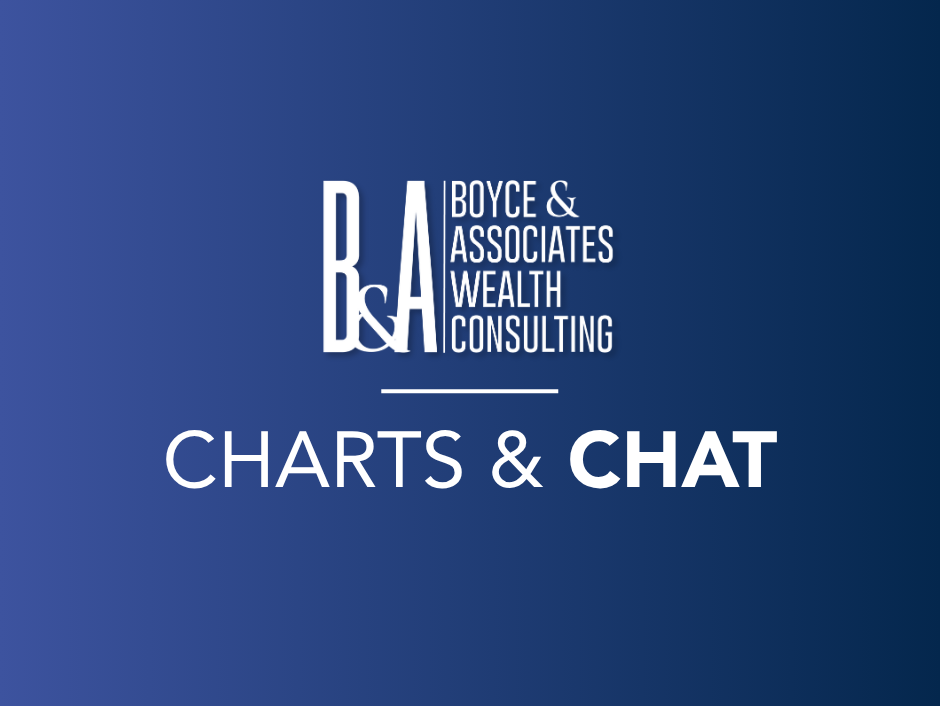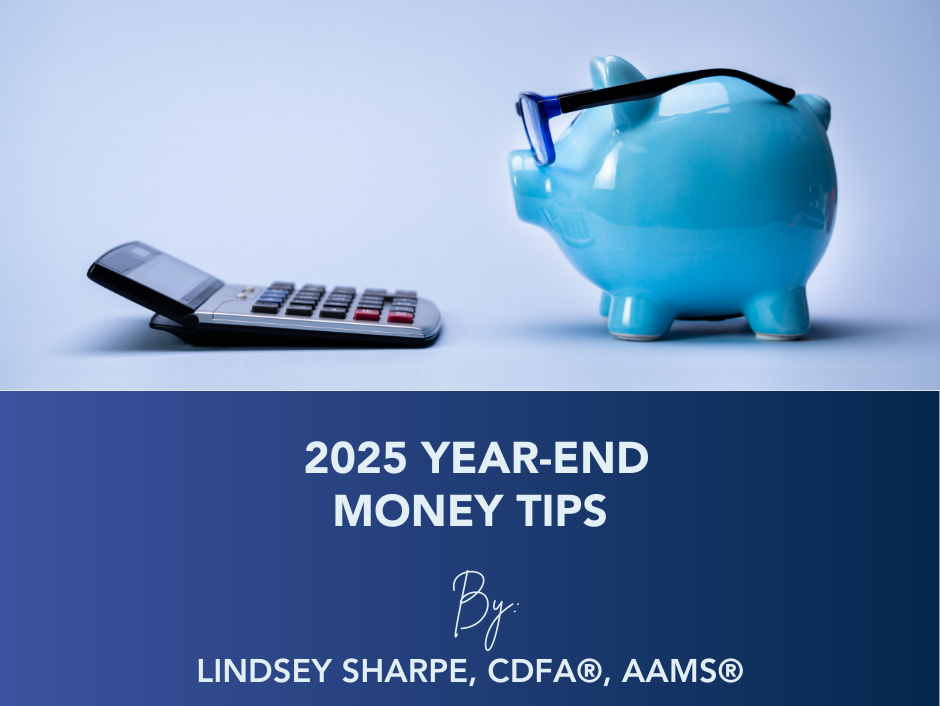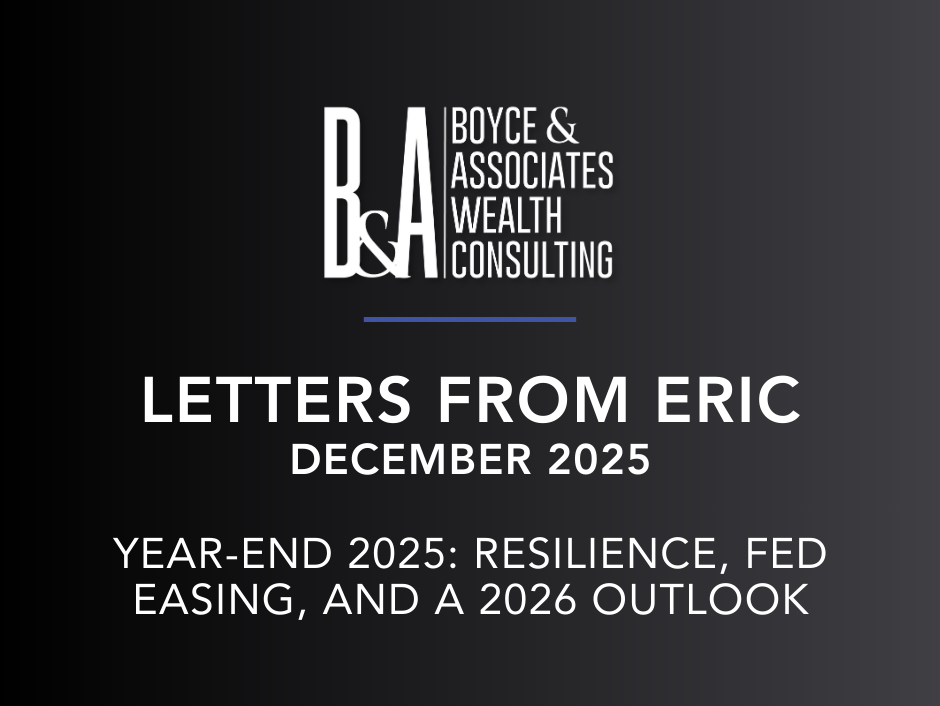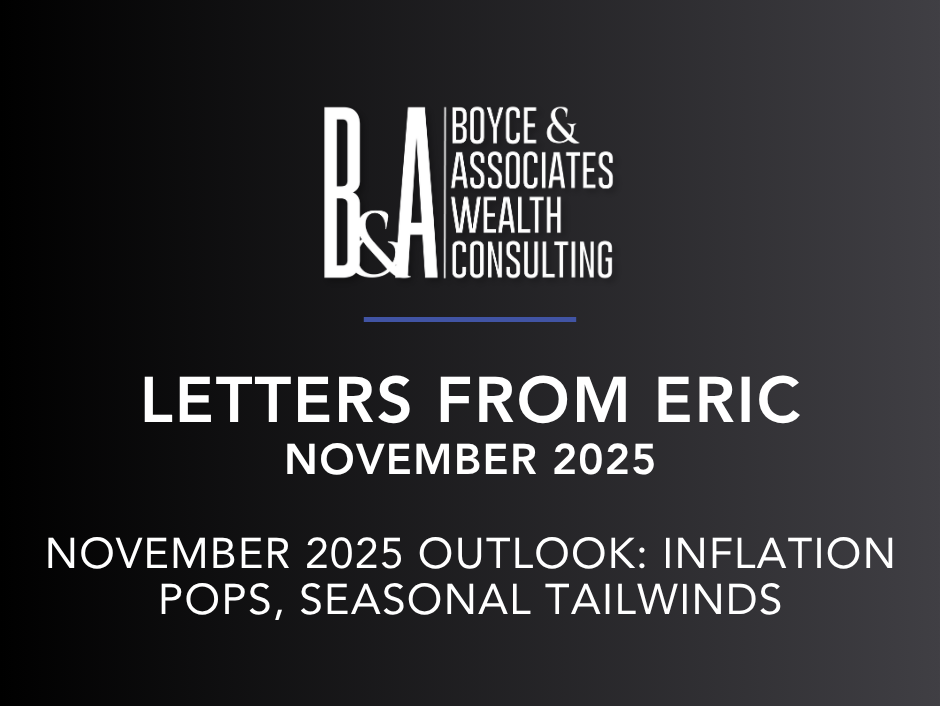By Lindsey Sharpe
•
December 1, 2025
As 2025 winds down, it’s a great time to review your financial strategy. Many tax-advantaged opportunities expire on December 31, so acting now can put you in a stronger position for 2025. Always consult your CPA or financial advisor before making any changes. 1. Max Out IRA Contributions (Including Backdoor Roths) For 2025, the IRA contribution limit is $7,000 (under 50) or $8,000 (50+). Roth contributions phase out for singles with MAGI $150,000–$165,000 and joint filers $236,000–$246,000. If your income exceeds these limits, a backdoor Roth contribution may be an option. Pre-tax IRA balances can trigger partial taxation under the pro-rata rule. 2. Roth Conversions Move money from a Traditional IRA or pre-tax retirement account into a Roth IRA. Taxes are paid now, but future growth and withdrawals are tax-free. Year-end is ideal if your income is lower, you experienced job changes, or you want to reduce taxes for heirs. Converting an employer plan account or Traditional IRA to a Roth IRA is a taxable event. Increased taxable income from the Roth IRA conversion may have several consequences including but not limited to, a need for additional tax withholding or estimated tax payments, the loss of certain tax deductions and credits, and higher taxes on Social Security benefits and higher Medicare premiums. Be sure to consult with a qualified tax advisor before making any decisions regarding your IR A. 3. Required Minimum Distributions (RMDs) If you are 73 or older, you must take RMDs from most retirement accounts, including Traditional IRAs and 401(k)s. Failing to take an RMD in 2025 results in a 25% excise tax. RMDs are calculated using your prior year-end balance, age, and IRS Life Expectancy Factor. Inherited IRAs also require RMDs, which can be complex—consult an advisor. 4. Tax-Loss Harvesting Selling investments at a loss in taxable accounts can offset gains and reduce taxable income, with up to $3,000 deductible against ordinary income. Current clients: We routinely implement tax-loss harvesting at year-end. Tax-loss harvesting is a strategy of selling securities at a loss to offset a capital gains tax liability. It is typically used to limit the recognition of short-term capital gains, which are normally taxed at higher federal income tax rates than long-term capital gains, though it is also used for long-term capital gains. 5. Charitable Giving, QCDs & DAFs Donations made by December 31 may be deductible if you itemize. If you’re 70½+, a Qualified Charitable Distribution (QCD) can satisfy all or part of an RMD and reduce taxable income. A Donor-Advised Fund (DAF) allows contributions this year with an immediate tax deduction, while you recommend grants over time. Funds grow in the account, offering flexibility for strategic giving. With thoughtful planning, year-end is a chance to reduce taxes, meet retirement obligations, and start 2026 financially prepared. We are available to answer any questions. Happy holidays from all of us at Boyce & Associates Wealth Consulting!
